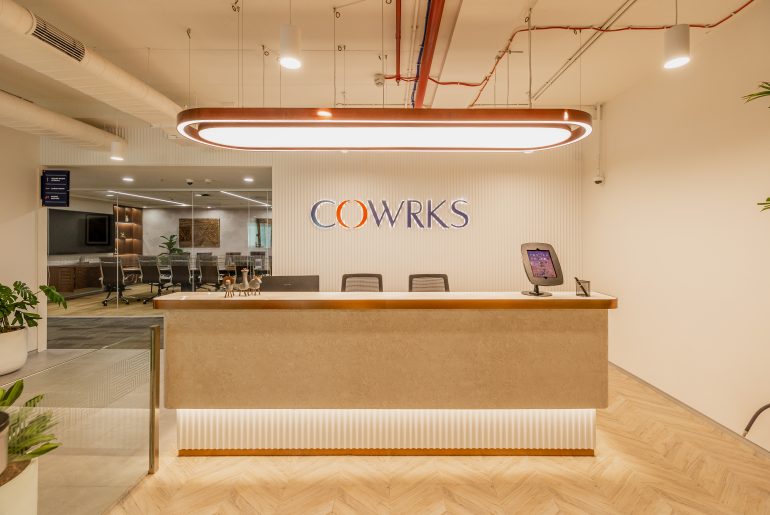You’ve arranged for a meeting with your team. They’re all assembled in the boardroom, looking at you, eager to hear what you have to say. You start, confident that you have everyone’s attention. But then after a while you notice that no one else is contributing. Furthermore, it feels like with every word you speak you’re losing the room, that you’re speaking to the walls alone. You try to involve them, try to prod them with questions, but too late. The stench of desperation can be felt miles off, an active repellent to any form of discussion. You call an end to the brainstorming session, and the only thing you’ve taken from it is a major case of the blues and the terrible realization that you can’t hold the attention of your own team.

Whether you’re at a mall with your friends trying to discuss which movie to watch or in an office setting trying to get your team creatively engaged, people often fail at this seemingly simple task of getting people to participate actively. It seems natural though, if something concerns people, surely they’d want to listen and contribute? But it’s not always the case. You have be able to wield the skills necessary to make people care. So these are a couple of tips and techniques that might help you get people more engaged in discussions.
The When and How
Ideally speaking, people are more likely to be involved in meetings during the mid-morning period. That is your golden gate. If you’re too early everyone will be too grumpy to contribute. If you do it smack right in the afternoon, everyone will either be looking forward to lunch, or sleepy after lunch. If you push past that period and set up the meeting closer to the evening everyone will have one eye rooted to the wall clock or their cellphones. Additionally, it has been noted that people are more likely to interact actively towards the evening on a Friday or Saturday, depending on what days you keep. This is because they either already have plans for the weekend or are eager to enjoy their lazy weekends. No one wants to give up a single second of that.

Now this brings us to the second part of setting up a meeting. Be sure to get everyone to turn off their cell phones. Not just put it on silent mode, but turn it off for good. This is because cell phones offer too easy an escape from the slightest of lull in the discussion. And once someone picks up that phone to answer a text, it sets off a chain reaction and before you know it everyone is engaged in a hundred different meetings with people on their screens, meanwhile you’re left conversing with the walls.
You should also make sure to keep the meeting short and brisk. That is, move from one point to the next quickly. Do not dawdle. This snappy form of meetings has a better effect on people, keeping them engaged. It doesn’t give them the opportunity to tune out.
Participation
Once you have the attention of the room you have to make sure not to lose it. However, if you go at this alone, that’s hard to do. Unless you’re an incredibly skilled orator, chances are you alone can’t hold the attention of an entire room. And that’s not what brainstorming is about anyway. It’s about facilitating creativity.

As such you should first and foremost be open and welcoming. Let people know they can trust you. To get the ball rolling you could start with a question. Asking for general opinions or ideas takes too much effort. People feel the pressure to come up with some interesting opinion or a creative idea and they generally lockdown under that pressure. A question is relatively low stakes, they know what they are asked, and they just have to answer it. They don’t have to think too much about it. However, ideally even a question should be directed at someone specifically. Just throwing it out there might be met with just an awkward silence which will only make matters worse. Once someone answers the question, be encouraging to their answer. Even if you don’t agree with their response or opinion, debate it to show that you value it, pull other people by name into the discussion.
If you bring a group of people to a level plane, you are effectively ‘herding’ them together, thus creating a ‘herd’ mentality. This means if no one else has pitched anything to the conversation yet, no one will be the first to break rank. Alternatively, once people start contributing, everyone will want to, and soon you’ll be met with an abundance of ideas.
Negotiation
Finally, the time has come when you must make a decision based on the ideas that have been discussed. It is possible that your idea might be an unpopular one. If your plan of action is the more popular one, as you gauge, then simply hold a general consensus and initiate it. If the plan favored by you isn’t likely the favorable one, then appoint someone to represent that idea and state its merits. Get someone else to take the opposing stance and make their arguments. Let the team come to a decision. Since you didn’t represent your own idea, if it’s eventually shot down, it won’t be seen as a failure on your part. Also, try and keep your options limited to just two or a maximum of three alternatives. Introducing any more would only lead to chaos.

If you follow these steps you’d be able to conduct healthy brainstorming sessions in which everyone actively participates, and you’d still be able to ensure that you have complete control of the room throughout.







